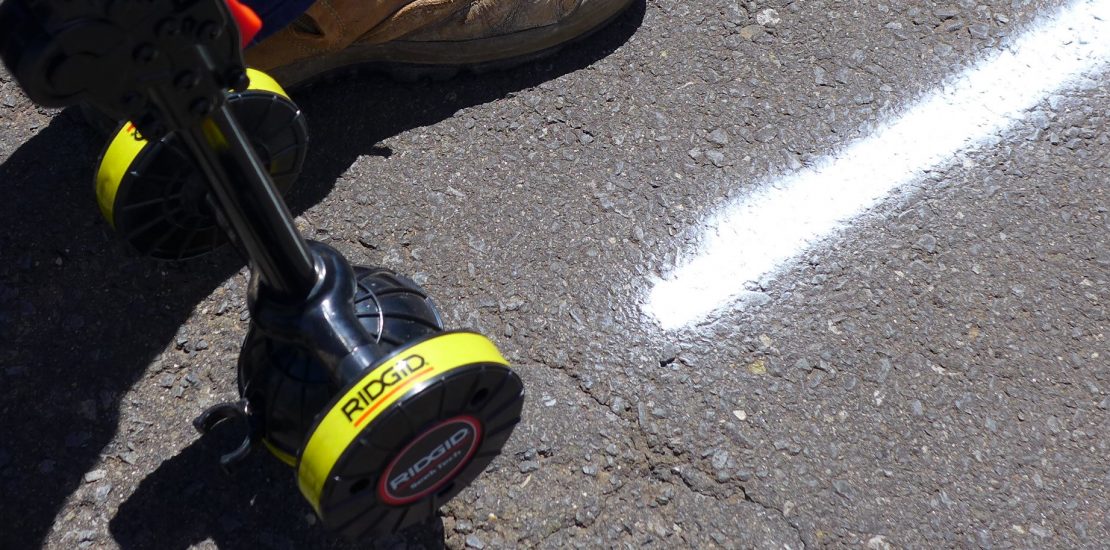Utility Locating made simple.

Basically, locating underground lines is similar to tuning into your favorite radio station. Each station transmits a different signal, and locators are like a radio designed to pick up those signals. These signals help identify the location of an underground utility.
Many utilities transmit a signal, and in some cases, each line can have different signals just like radio stations. However, some lines do not transmit a signal. In these cases, a transmitter can be used to induce a signal onto a metal line, which allows the locator to pick up the signal.
Understanding locating methods There are two locating methods: active and passive. Active locating involves searching for a specific line using either the direct connect or inductive method. Either the locator is attached directly to the line or if you cannot make a direct connection to the line, a frequency is selected and induced into the ground and reradiated by the utility.
Passive locating is a method used by contractors to check the area for unknown lines. The contractor will sweep the area with the receiver looking for utilities that radiate or reradiate frequencies, but this method does not allow the technician to distinguish between the types of lines.
Where does the technician start? Our industry offers two types of units — single- and multiple-frequency units to accomplish active and passive locating. Each unit has its advantages and limitations. Single-frequency locators have been around for decades. These systems consist of a transmitter that is placed on the ground and induce a single high-frequency signal. The signal is picked up by the underground line and then radiated back up to the receiver. Single-frequency systems work well on lines and pipes in non-congested easements, but putting a high frequency into the ground has the tendency to indicate everything underground and may produce a distorted signal. In other words, you cannot distinguish whether it is a power, gas, or communications line. Another limitation is that single-frequency locators cannot determine the depth of the line.
Multi-frequency locating underground lines systems allow you to tune the frequency you are putting into the ground to the type of line or pipe you are trying to locate. The lower the frequency, the better it will stay on the line you are trying to locate, thus making the job of distinguishing a gas from a water line easier. Some locators offer a current measurement index (CMI) that measures the current you are putting onto the line. This helps distinguish the line, especially if it crosses over another line and helps you stay on the original line to be located and are not jumping to other lines in the area. Most modern receivers today can also estimate the depth of the line or pipe when used properly.